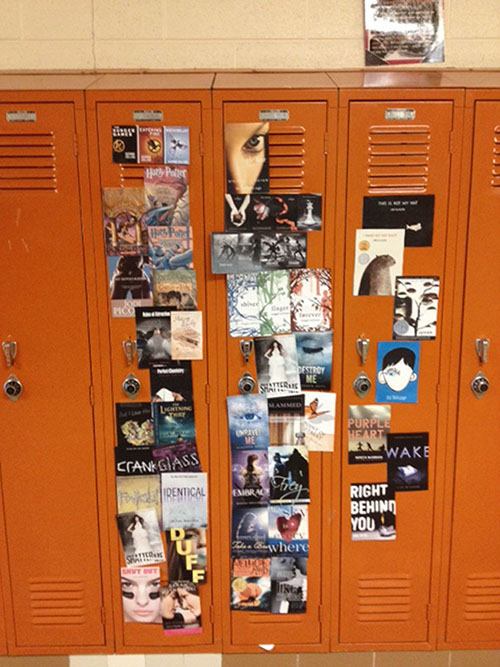This post is an excerpt from the article “Toward Online Participation as Teacher Leadership” by NCTE member Luke Rodesiler.
Read the full article in the February 2018 issue of English Leadership Quarterly.
Going public with teaching practices, letting outsiders have a view of the instructional methods teachers employ, the texts they use, and the ways they foster literacy learning is an approach scholars advocate (e.g., Lieberman & Pointer Mace, 2010).
In addition to inviting potentially valuable feedback from other professionals, making teaching practices public on the Web stands to inform various constituents’ views about the shape effective literacy instruction might take (Fleischer, 2016). And the importance of challenging narrow conceptions of literacy teaching and learning cannot be understated in a time when accountability for many teachers has been reduced to improving students’ test scores (Kosnik & Rowsell, 2013).
Fortunately, then, many teachers are seizing opportunities to share online the efforts they make to advance literacy learning in their respective teaching contexts.
Specific examples of teachers from the study [outlined in the ELQ article] intentionally making their practices public while participating online are plentiful.
In one instance, Sarah, a high school English teacher in the Midwestern United States, crafted a blog post showcasing a creative approach to fostering a reading community that extends beyond the walls of the classroom: literacy lockers (student lockers adorned with the cover image of each book students read that year).
As Sarah explained in her post, sharing her own reading life via a classroom door collage featuring the cover of each book she had read that year helped to spark conversations with students about reading and the books they enjoy.
That experience coupled with reflections on a presentation she attended at a state-level reading conference got Sarah thinking, as she noted in her post:
“How cool would it be if my students were able to publicly display their reading lives?”
 Sarah continued the post by describing how she invited students to participate in the initiative, located and printed images of book covers that would adorn students’ lockers, and received feedback from students about the new hallway decor before explaining her vision:
Sarah continued the post by describing how she invited students to participate in the initiative, located and printed images of book covers that would adorn students’ lockers, and received feedback from students about the new hallway decor before explaining her vision:
Ultimately, I hope these literacy lockers will spark discussion amongst the students in the hall. It’s my hope that a friend of one of my students will see one of the book covers and ask about the book and if he/she should read it. I’m hoping more of my boys in class will want to do this now because I’ve only had one boy participate so far.
[Literacy scholar] William Brozo was at [a state-level reading conference] and spoke about the importance of every school being proud of its reading culture and making it obvious throughout the school. This is a small step in that direction, but it’s one that I hope will grow.
Based on the positive feedback Sarah received from readers of her blog, it quickly became evident that the literacy lockers concept was one that other teachers were eager to implement.
Participants in the study consistently shared teaching practices online during the data collection period, offering insights about practices that ranged from facilitating a school-wide writing program using daily journals in a creative writing class and engaging students in authentic writing experiences via college application essays to selecting read-alouds for secondary classrooms, micro-blogging with middle school students, and crafting five-image visual stories.
As an act of leadership, making teaching practices public online stands to inform literacy teaching and learning in classrooms far and wide.

Luke Rodesiler, Indiana University–Purdue University Fort Wayne, has been an NCTE member since 2004

